With the arrival of spring, the warm days are becoming more and more frequent. Sunny days invite many to resume their outdoor activities. However, this seasonal change requires adaptation both in our daily routine and when we go out to do sport, especially in cycling, where exposure to the sun and heat can have a significant impact. The increase in heat and temperatures during the spring and approaching summer can cause from mild discomfort to serious problems such as heat stroke and sunstroke. In the context of cycling, where the physical exertion is considerable, it is crucial to understand how our bodies respond to these conditions.
Thermoregulation, or the body’s ability to maintain its internal temperature, can be compromised during long training sessions in the sun, making it essential to take extra precautions.
Prepare properly before leaving home
Before heading out on a ride, it is important to check the weather conditions and plan accordingly. This includes choosing the coolest times of the day to train, usually early in the morning or later in the afternoon when the sun is not at its highest. In addition, ensuring that equipment is in top condition is essential, including having a well-fitted bike and a repair kit in case of unforeseen events.
Clothing choice is vital for coping with the heat. Wearing lightweight, breathable, light-coloured clothing will not only improve comfort but also help to reflect the sun’s rays rather than absorb them. In cycling, moreover, the use of fabrics that facilitate the evaporation of sweat is recommended to keep you cooler and more comfortable for longer.
In addition to appropriate clothing, other items such as a ventilated helmet, sunglasses and a layer of broad-spectrum sunscreen are indispensable to protect against UV rays. These not only prevent sunburn, but also minimise the risk of skin cancer in the long term.
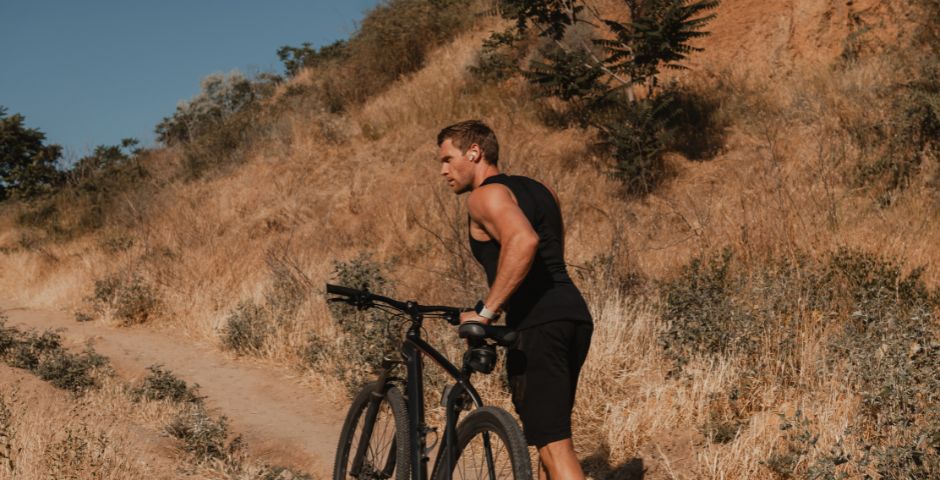
Hydration, a fundamental pillar in the hot weather
Hydration is crucial, especially on hot days. During cycling, the body loses a significant amount of fluids through sweat, which can lead to dehydration if water and electrolytes are not adequately replenished. It is advisable to always carry a bottle of water or isotonic drinks to help maintain the balance of mineral salts.
- Body temperature regulation: the human body uses sweat as the main mechanism for regulating body temperature. When exercising, body temperature rises, and sweat helps to cool it down. However, this process also involves significant fluid loss. If these fluids are not replenished, the body’s ability to sweat and cool itself is compromised, increasing the risk of heat stroke and other heat-related problems.
- Maintaining physical performance: dehydration can negatively affect physical performance. Even a fluid loss of 2% of body weight can lead to a significant reduction in exercise capacity, affecting endurance, strength and coordination. By being well hydrated, blood volume is maintained, allowing better circulation and oxygen supply to the muscles.
- Injury prevention: dehydration can increase the risk of cramps, muscle aches and other injuries. This is because muscles and joints need adequate fluids to stay lubricated and function properly.
- Improved cognitive function: during exercise, especially in the heat, not only the body but also the mind is affected by dehydration. Adequate hydration is essential to maintain concentration, sharpness and decision-making, which can be crucial during competitive or intense sporting activities.
- Prevention of fatigue: lack of adequate hydration can lead to a general feeling of fatigue, which can result in reduced athletic performance and slower recovery after exercise.
What do I do on hot days?
During extremely hot days, it would be wise to opt for shorter or less demanding routes, or even consider alternatives such as cross-training in the pool or gym. For those who prefer to stick to cycling, using a cycling simulator such as BKOOL can be an excellent alternative. These simulators allow for intensive training without exposure to outdoor heat, as well as offering the possibility to explore virtual routes in a variety of weather conditions.
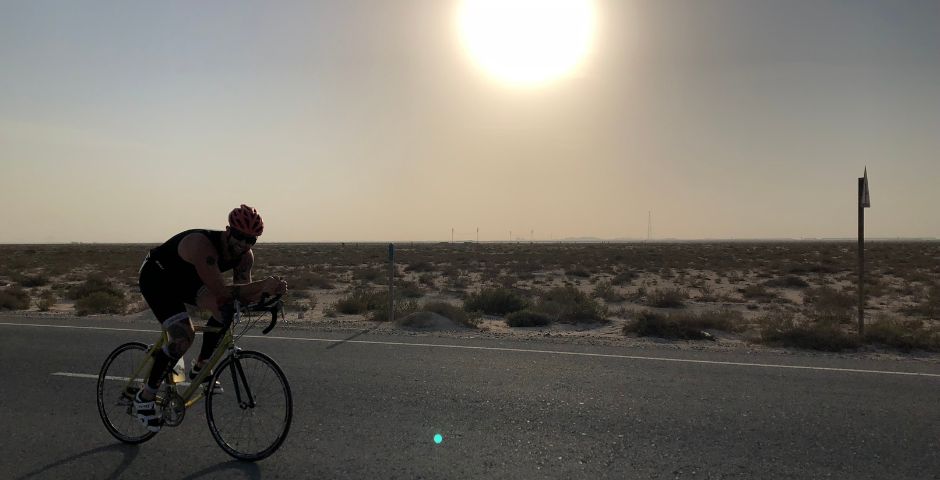
Keep in mind the following tips before you leave home
When leaving, it is important to inform someone of the planned route and estimated time of return. In addition, carrying a mobile phone and identification can be vital in case of emergencies. Being alert to symptoms of heat exhaustion, such as dizziness, confusion or extreme fatigue, is critical. Act quickly and seek shade or assistance if needed.
Preparedness also means knowing what to do in the event of heat stroke. If heat stroke occurs, it is crucial to act immediately. Moving the affected person to a cool place, applying wet towels or ice to the wrists, neck, armpits and between the legs helps to lower body temperature. Gentle hydration is important, but if symptoms are severe, such as confusion or convulsions, seek medical attention immediately.
Enjoy sport in the open air but in a safe way
Although spring and summer are ideal times to enjoy the outdoors and especially cycling, it is essential to take preventive measures. By adapting our routines, equipment and habits, we can protect our health and ensure that our outdoor experience is both safe and enjoyable. So, before you head out, plan, prepare and protect your wellbeing so you can enjoy every pedal stroke.
BKOOL is the most comprehensive cycling simulator on the market – try it FREE for 30 days!
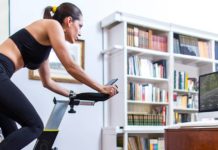

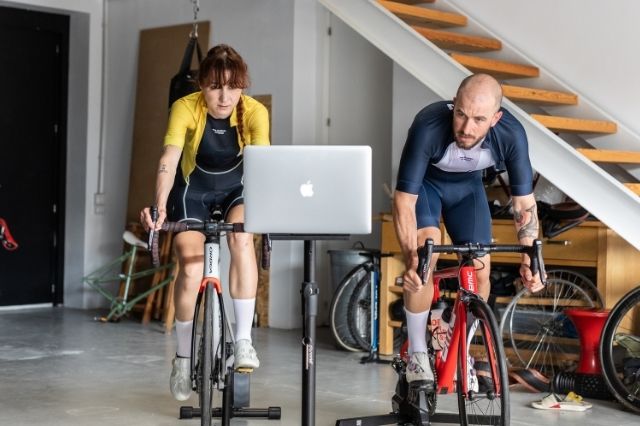
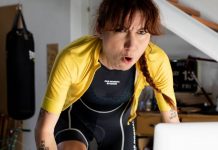

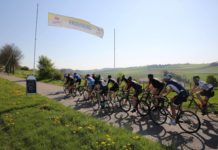

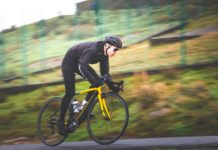






Bonjour,
Je trouve votre article très intéressant et je vois autour de moi pas mal de cyclistes qui ne boivent pas assez!
J’ai 80 ans et en plus de faire pas mal de vélo à l’extérieur, j’apprécie mon Elite combiné avec un abonnement Bkool pour les jours d’hiver par exemple.
Bonjour,
l’hydratation est effectivement très importante en cyclisme et dans tout sport.
C’est très bien que vous combiniez l’exercice en plein air avec votre abonnement BKOOL. Vous pourriez également combiner votre entraînement en extérieur et en intérieur lors des journées plus chaudes avec un conditionnement adéquat. Nous avons de bonnes nouvelles pour cette nouvelle saison
Merci beaucoup de votre lecture et de vos commentaires!